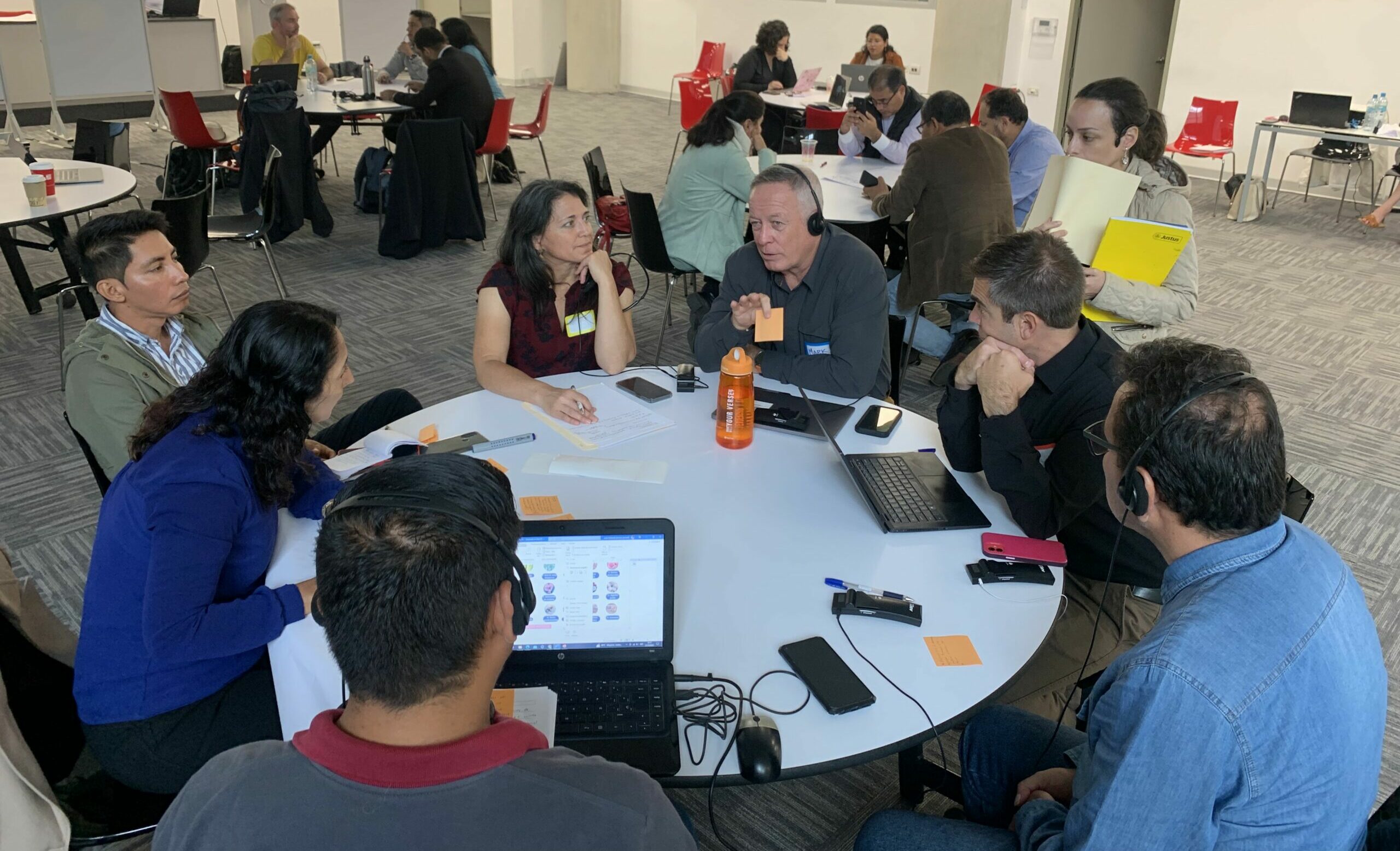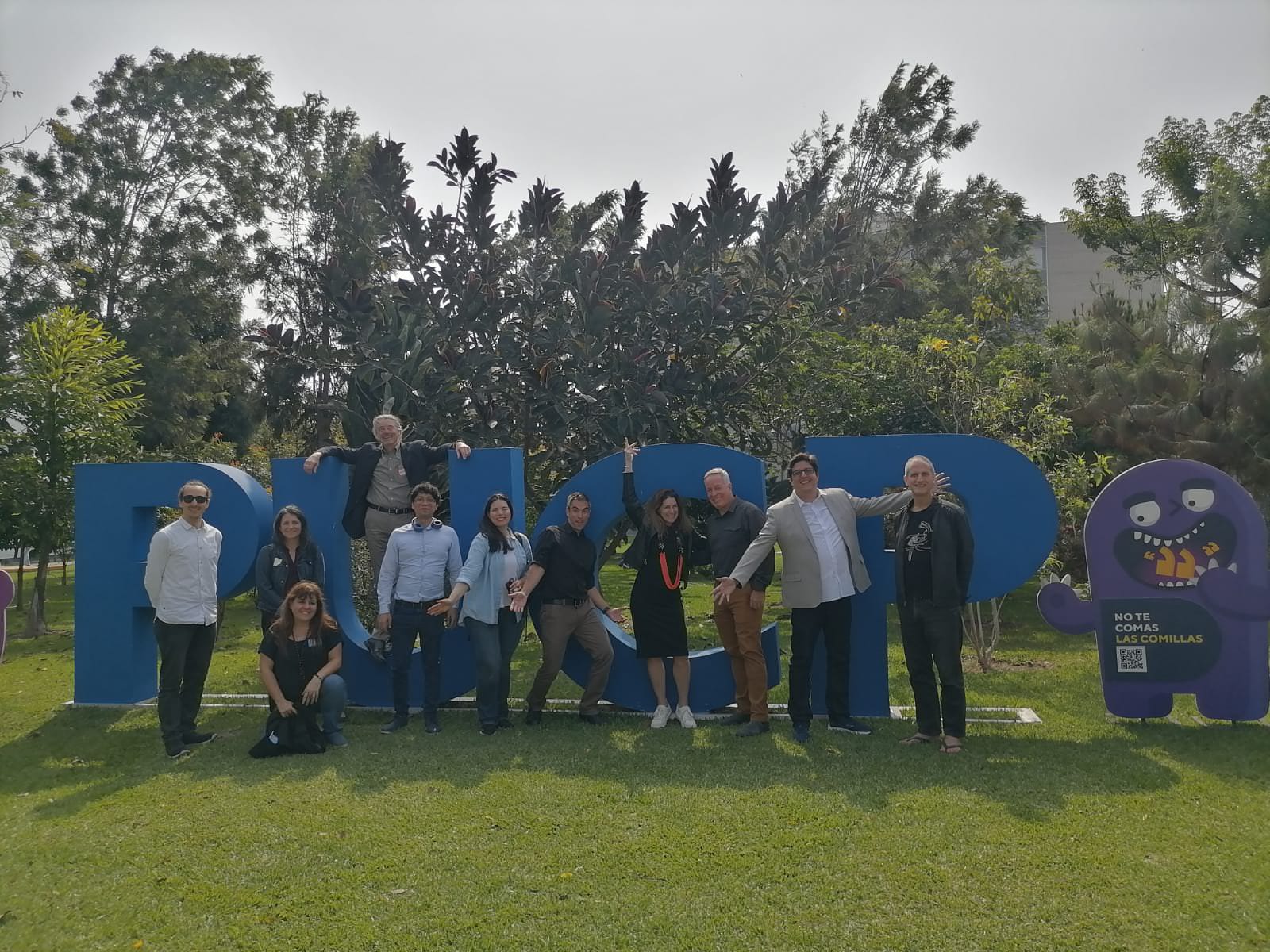In the aftermath of a dynamic bioeconomy workshop in Lima, Peru, organized by the Governors’ Climate and Forests Task Force in collaboration with the Amazon Regional Commonwealth (MRA), a profound exploration into the Amazon’s economic future unfolded. The workshop, spearheaded by key figures such as Fabiola Muñoz, Country Director of the GCF Task Force, and Luis Briceño, Director of the Amazon Regional Commonwealth, brought together a diverse range of stakeholders to address the complex transition from resource extraction to bioeconomic models. Focusing on sustainable natural resource use, technological innovation, and tropical forest conservation, the pivotal question remained: how to successfully navigate this transformative journey?
This two-day event, rich with insights and strategies, highlighted real-life cases from Brazil and Peru, serving as food-for-thought for other states and provinces across the Amazon. Experts from academia and practitioners in Peru, Brazil, and the United States collaboratively delved into integrated transition strategies, aiming to create a jurisdictional model for the bioeconomy transition. This model effectively balances forest conservation with sustainable economic activities, including responsible commercialization of non-timber forest products, participation in carbon markets, and the nurturing of sustainable ecotourism. Aligned with the Manaus Action Plan, this strategy ensures harmony with broader environmental and climate objectives, marking a crucial step toward a more sustainable and circular economy in the Amazon region.

Breakout group discussing a sustainable future. Photo: Martha Gutierrez Fontes
The bioeconomic strategy outlined in the workshop emphasizes initial steps, such as developing a comprehensive inventory of the Amazon’s natural resources, identifying priority sectors for investment and development, and fostering research and development of new technologies. This approach also encourages sustainable supply chains, partnerships between government, industry, and civil society, and the establishment of payment schemes for environmental services and carbon markets to incentivize forest preservation and reduce greenhouse gas emissions.
In essence, the overarching goal of the bioeconomic strategy is to achieve sustainable development that balances economic, social, and environmental objectives. By championing innovation, collaboration, and responsible natural resource use, this strategy stands poised to unlock new avenues for growth and prosperity while safeguarding the unparalleled biodiversity and ecological functions of the Amazon region. As we conclude this transformative event, the journey towards a bioeconomic future for the Amazon takes another step forward.

